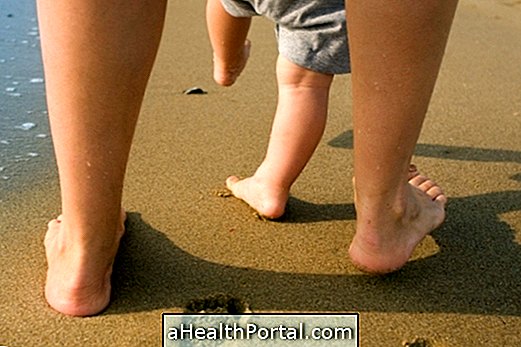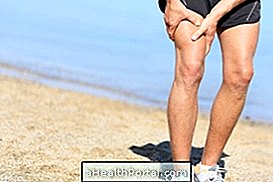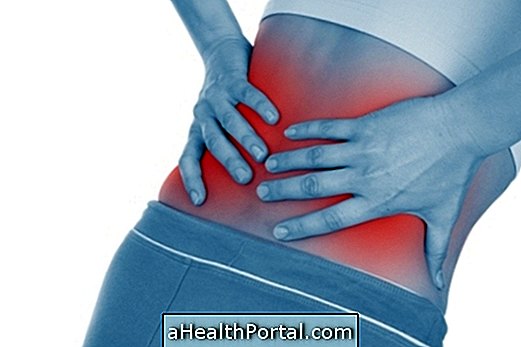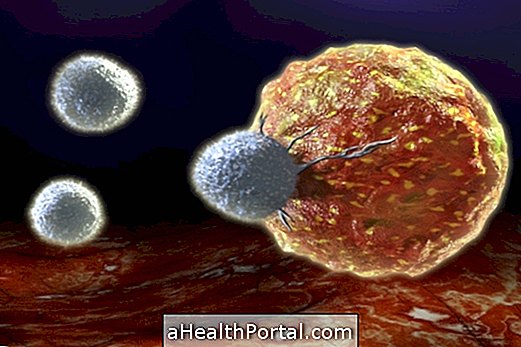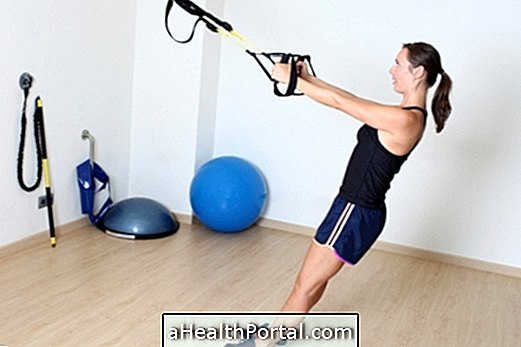Treatment for dislocation should be started as soon as possible in the hospital, so when it is done, it is recommended to go to the emergency room immediately or call an ambulance by calling 192. Here's what to do in: First aid for dislocation.
Dislocation can occur in any joint, however, it is more common in the ankles, elbows, shoulders, hip and fingers, especially during the practice of contact sports such as football or handball, for example.
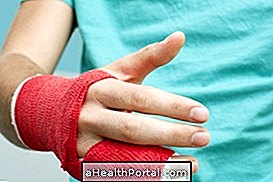

Usually, the treatment varies according to the joint and degree of the lesion, and the main forms of treatment include:
- Reduction of dislocation: the most commonly used treatment where the orthopedist puts the bones of the joint in the correct position through manipulation of the affected limb. This technique can be done with local or general anesthesia, depending on the pain caused by the injury;
- Immobilization of the dislocation: it is done when the bones of the joint are not too far apart or after the reduction, by placing a splint or sling to keep the joint immobile between 4 to 8 weeks;
- Surgery for dislocation: it is used in the most severe cases when the orthopedist can not put the bones in the correct place or when the nerves, ligaments or blood vessels have been affected.
After these treatments, the orthopedist usually recommends doing physiotherapy sessions to strengthen muscles, decrease inflammation, facilitate healing, and promote joint stability through physical therapy and exercise equipment.
How to speed up recovery from dislocation
To accelerate the recovery of the dislocation and avoid aggravation of the lesion it is important to have some care such as:
- Do not drive for the first 2 weeks to prevent the car's swing from moving the joint;
- Avoid making sudden movements with the affected limb, even after removing the immobilization, especially in the first 2 months;
- Return to sports only 3 months after the start of treatment or according to the orthopedist's orientation;
- Take the anti-inflammatories prescribed by the doctor on time to help reduce inflammation of the joint;
These care should be adapted according to the affected joint. Thus, in the case of shoulder dislocation, for example, it is important to avoid picking on heavy objects in the first 2 months.
Recovering your movements after unpinning
After removal of the immobilization, it is normal for the movements to be slightly more stuck and there is less muscle strength. Usually when the person is immobilized for up to 20 days in just 1 week it is possible to return to normal mobility, but when immobilization is necessary for more than 12 weeks, muscle stiffness can be great and physical therapy needs to be done.
At home, to regain joint mobility you can leave the 'sauce' joint in hot water for about 20 to 30 minutes. Attempting to stretch your arm or leg is also helpful, but do not insist on pain.
